Proving Units
An essential accompaniment to a voltage tester, proving units verify that the tester remains accurate both before and after testing. Both the NICEIC and NAPIT strongly recommend using these regularly when testing.
Find out more about Proving Units below.
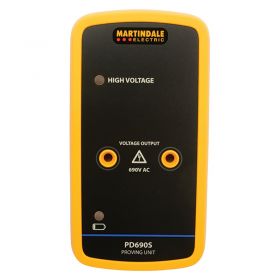
- Single voltage output: 690V AC
- Applies full voltage upon contact
- Auto Power Off function
- Long battery life
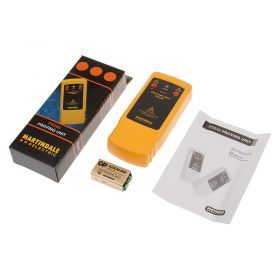
- Maximum output current of 2mA
- Maximum output voltage of 240V
- Compact body made from flame-retardant ABS for safety
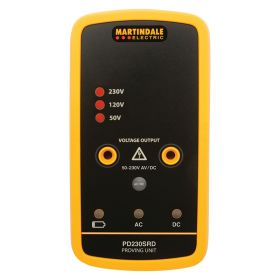
- 3 ranges
- Switchable AC / DC output mode
- Suitable for use with voltage indicators up to 230V
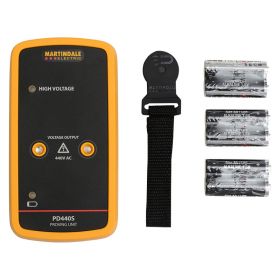
- Auto Power Off
- Lightweight, compact, and rugged
- Long battery life
- Low battery indicator
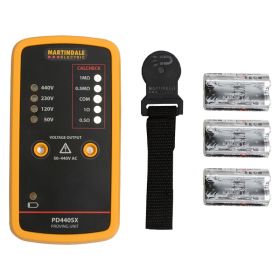
- Stepped voltages
- CALCHECK
- Auto Power Off function
- Low battery indicator
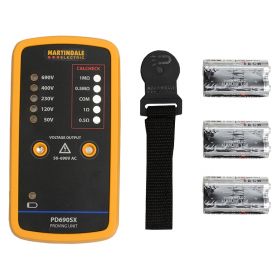
- CALCHECK
- Low battery indicator
- Long battery life
- Auto Power Off function
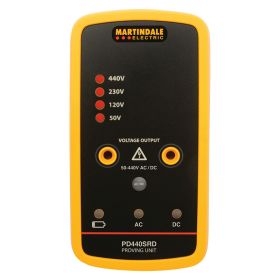
- 4 ranges
- Switchable AC / DC output mode
- Suitable for use with voltage indicators up to 440V
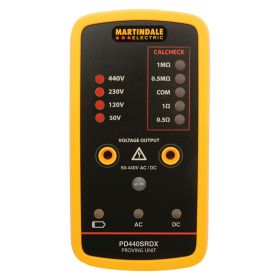
- CALCHECK
- 4 ranges
- Compatible with S-series magnetic hanger
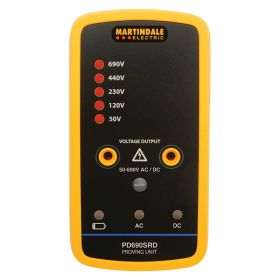
- 5 ranges
- Switchable AC / DC output mode
- Suitable for use with voltage indicators up to 690V
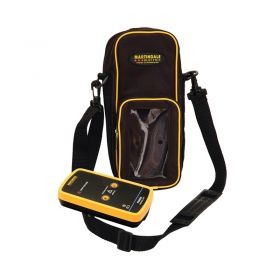
- Low-profile, durable proving unit
- 690V test voltage
- Heavy denier nylon case with a shoulder strap and clear front pocket
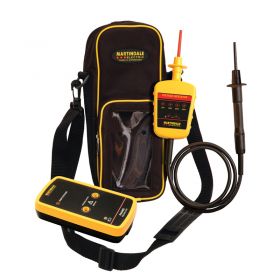
- PD440S: 440V industry-leading proving unit
- VI13800 Voltage tester range: 50V to 600V AC/DC
- TC71 Combination Carry Case
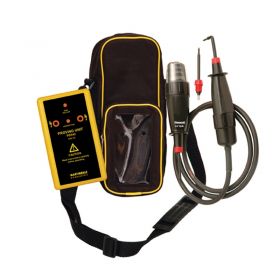
- Proving unit checks accuracy up to 440V
- 500V AC, 750V DC voltage
- LED light up display

- Industry-leading 690V PD690SRD Proving Unit
- VI15000 Voltage Indicator range: 50 to 1000V AC/DC
- Use the PD690SRD Proving Unit through the TC71 Carry Case
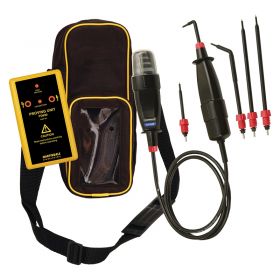
- Includes Martindale's MTL15 Test Lamp, PD690 Proving Unit and TC69 Carry Case
- Test lamp can prove high-power equipment is dead
- Verify the functionality of the test lamp with the PD690
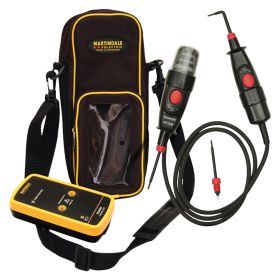
- Four voltage levels
- Dual impedance
- PD440S Proving device
- MTL20 Test lamp
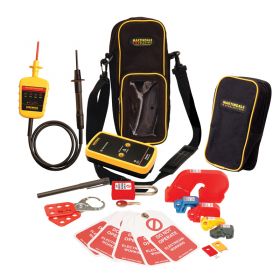
- VI13800 Voltage Tester: 50-600V AC/DC
- 440V PDS440S Proving Unit that can be used through the TC71 Case
- LOKKIT1 12-Piece Lockout Kit
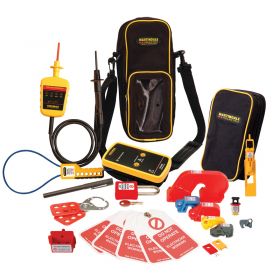
- VI13800 Voltage Tester: 50-600V AC/DC
- 440V PDS440S Proving Unit that can be used through the TC71 Case
- LOKKITPRO 17-Piece Lockout Kit
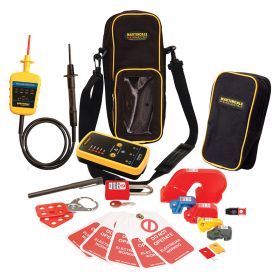
- Industry-leading 690V PD690SRD Proving Unit
- VI15000 Voltage Indicator range: 50 to 1000V AC/DC
- 12-piece LOKKIT1 Lockout Kit
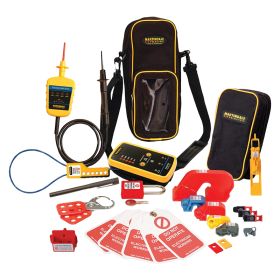
- Industry-leading 690V PD690SRD Proving Unit
- VI15000 Voltage Indicator range: 50 to 1000V AC/DC
- 17-piece LOKKITPRO Lockout Kit
About Proving Units
Proving units are portable, lightweight calibration tools that are designed for use with two-pole voltage testers. The function of a proving unit is to evaluate that the internal components of the voltage tester are working correctly and that measurement accuracy is maintained.
Although regular, formal calibration is still a priority, using a proving unit in combination with a two-pole voltage tester is an ideal way to ensure measurement accuracy is maintained in the period between official calibration procedures. Most manufacturers recommend that a proving unit is used both before and after testing using a voltage tester; this way, damage to the machine during transportation can be detected before testing, or damage to the machine during the actual testing procedure can be detected afterward.
Proving units come in many different forms to accommodate the vast voltage range spectrum that can be applied to two-pole testers. Some proving units might be designed for measuring low voltage testers, while others may be designed for higher voltage. Some may also be suitable for both low and high-voltage testers, measuring across the entire spectrum. A common function found on these units is ramp voltage. The proving unit applies several different voltages to the two-pole voltage tester that is inserted into ports on the proving unit and the device measures whether everything is working correctly with the applied voltage. The indicators are usually expressed via the use of LED lights and if everything is correct the LED light indicators should tell you that this is the case.
Stepped voltages again vary depending on the proving unit being used.
Using a proving unit to maintain accuracy is particularly important as frequent usage of a tester can result in the compromise of measurement accuracy. Other factors such as knocks and bumps, dust, water, and other forms of natural contaminants can also affect the accuracy of a tester over time and if these inaccuracies go unnoticed it can make the tester unsafe and also produce incorrect readings when used on a system.
Our range of proving units come from many different manufacturers, including Kewtech, Martindale, Megger, Seaward, and Socket and See. As mentioned earlier their capabilities vary from tester to tester, so knowing which unit you need before making a purchase is highly recommended. If you're confused about which unit you need we're more than happy to help you make a decision - get in touch and we'll help you out choosing the right proving unit for use with your voltage tester.


